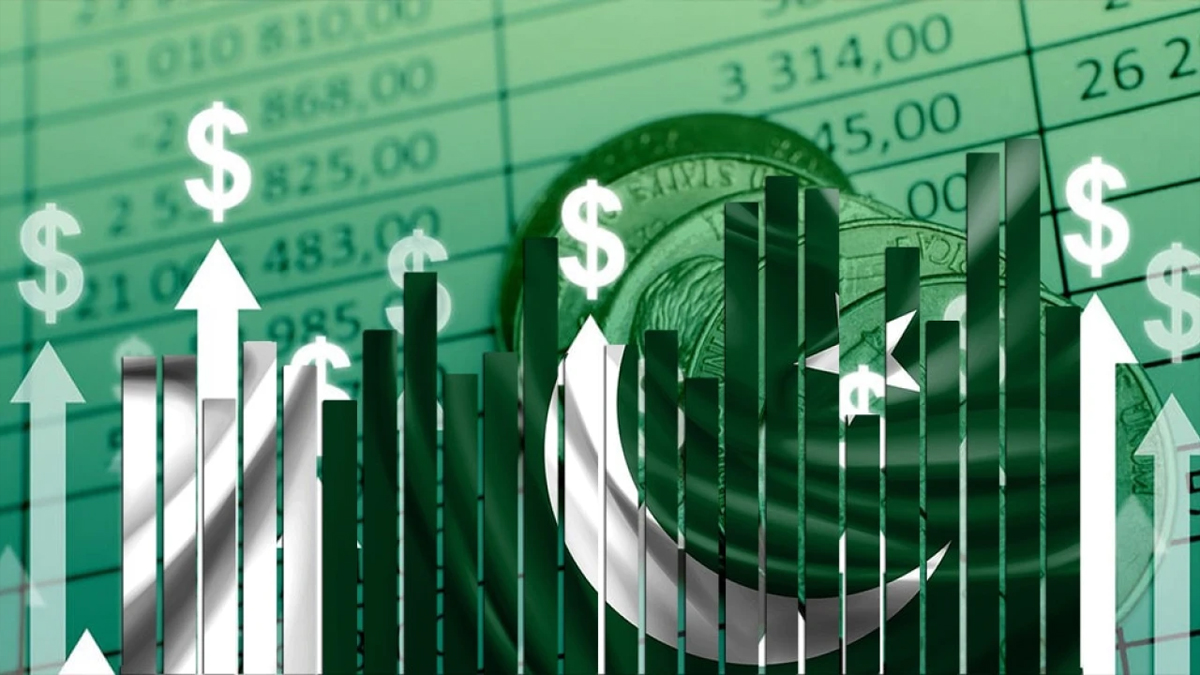
The government has effectively ensured the sustainability of both the external and fiscal sectors by implementing tough decisions and stabilization measures in FY2023. Looking ahead to FY2024, the government is focused on achieving a higher growth rate of 3.5 per cent through various strategic measures.
These measures include the Kissan package, support for the industrial sector, promotion of exports, encouragement of the IT sector, and resource mobilization.
Read more | UN to fix Global food system
The Ministry of Finance’s Monthly Economic Update and Outlook Monthly report, issued recently, outlines these plans.
To attain higher and sustainable economic growth, the report emphasizes the need for prudent and effective economic decisions, political and economic certainty, and the continuation of friendly economic policies. Adequate foreign exchange financing will also play a critical role in achieving these goals.
The recent approval of the stand-by arrangement by the IMF and other bilateral and multilateral inflows will further enhance the macroeconomic environment and boost economic agents’ confidence.
On the expenditure side, the government has been successful in reducing non-interest spending, leading to a narrowing of the primary deficit, despite the burden of mounting interest expenditure on fiscal accounts.
Restrictions on Imports
Additionally, the State Bank of Pakistan’s withdrawal of restrictions on imports is expected to create demand for imports and improve revenues. Regarding overall economic activity, the Monthly Economic Indicator (MEI) has shown signs of improvement since April and is expected to remain positive in the coming months.
The MEI, developed as a tool to distribute past annual GDP numbers on a monthly/quarterly basis, aligns well with the newly published national accounts for FY2023.
The growth targets of 3.5 per cent for FY2024 are anticipated to be met through various efforts, including the Kissan package, industrial support, export promotion, encouragement of the IT sector, and resource mobilization.
Global GDP growth is estimated to be 2.7 per cent in 2023, with a modest pick-up to 2.9 per cent in 2024, below the average growth rate in the decade preceding the Covid-19 pandemic. However, there remains significant uncertainty about economic prospects, with inflation being a key concern.
Read more | Fiscal deficit narrows to 8.1pc in last fiscal year
Moreover, rising geopolitical tensions and concerns about supply chain security have led to the implementation of trade and investment restrictions in several countries, potentially curtailing the gains from global trade and affecting the development prospects of low-income countries.



